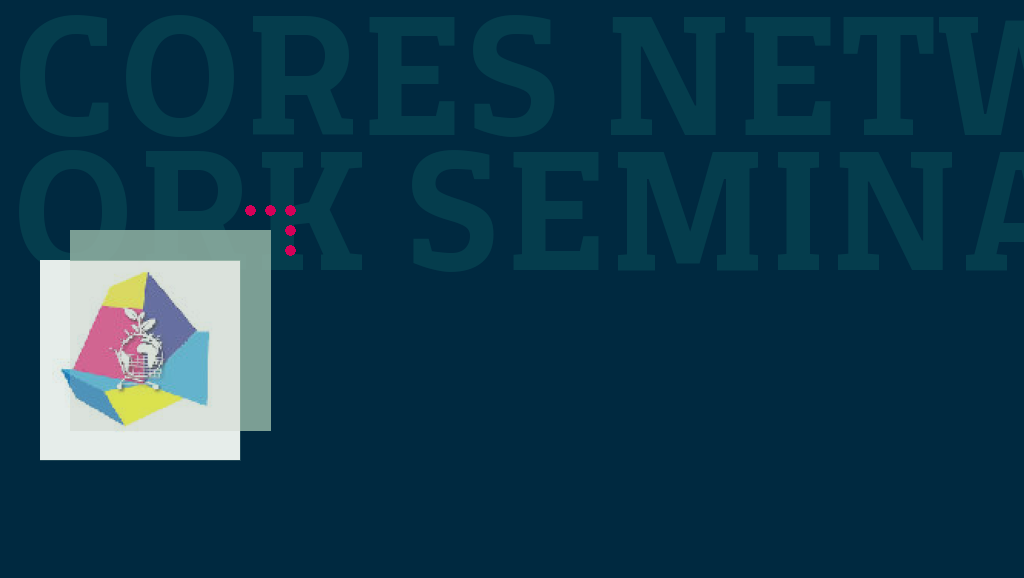On Saturday 27 October 2018 the CORES Network (the Italian acronym of COnsumi, Reti e pratiche di Economie Sostenibili) held a seminar at the University of Bergamo, Italy, entitled Feeding the World, Local Solutions for a Global Issue.
Foreign Correspondent Jonathan Hankins presented a paper based upon research carried out for his PhD, while long term collaborator Cristina Grasseni participated in her role as co-founder of the CORES network alongside Silvana Signori and Francesca Forno.
As readers may know from previous posts on this website, the CORES Laboratory is an interdisciplinary group of researchers whose aim is to investigate the various mechanisms and processes behind the widespread expansion of economic practices that aim to in some way incorporate economics into society, reorganizing economic life on the basis of human and social needs.
With particular expertise in food procurement on show, the seminar brought together three CORES members, all researchers currently working in or interested in this field. Jonathan Hankins presented the results of his recent PhD project, Francesco Vittori his ongoing fieldwork in Brazil, and Chiara Demaldé her mapping and analysis of ‘green’ shops.
After an introduction presentation, Hankins took the floor. During his presentation Hankins argued that members of a community of practice develop a language in order to talk about what they are doing and why. He argued that the concept of beauty is a common category, with things described as beautiful if they are deemed to be morally just.
Examples drawn from furniture making, scientific project management and food procurement were offered, with the question raised of whether people that procure locally produced food rather than shopping in supermarkets see beauty in what they buy to eat or the process that led to them being available to them.
After a discussion that raised a series of interesting points, Francesco Vittori presented an overview of his ongoing fieldwork in Brazil. Vittori described what he calls social reconnection around food, comparing his experience of working in the field in Italy to his experiences gained during fieldwork for his PhD in Brazil.
Vittori raises the question of whether such activities can be described as constituting a social movement, offering an analysis of his findings from this perspective. This became the focus of the discussion at the end of the presentation, with members of the panel questioning whether the practices witnessed could be described as a social movement at all, or would be better described as allies of consumers and producers who share a consumption model.
The third and final presentation came from Chiara Demaldé.
Demaldé presented her ongoing work of mapping ‘green’ shops, describing how she investigates what she describes as the embodiment of life histories into the motivations for shop owners that follow this particular path. She described how she had carried out both quantitative and qualitative research aimed at understanding what the different stakeholders defined as ‘green’ food and analyzing both who the purchasers are and their economic and educational backgrounds.
The seminar closed with an animated discussion about the three presentations in which several similarities were highlighted between the different approaches, before brief closing points and future plans.
————-
















